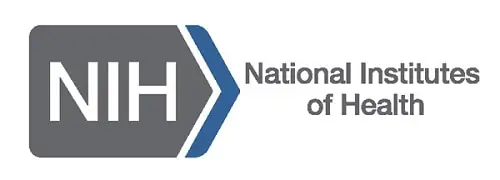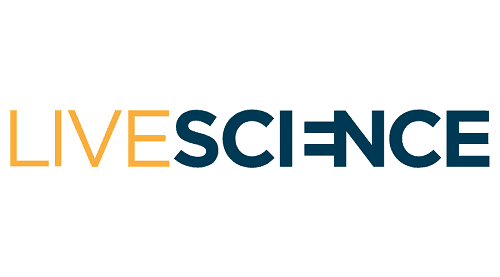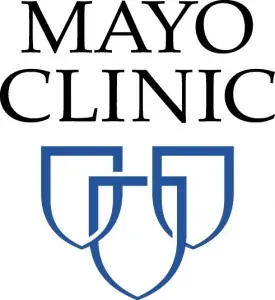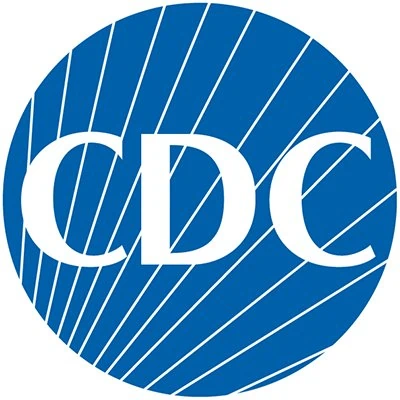What Are HIV and AIDS?
HIV.gov

Despite the stigma that HIV/AIDS carry, modern medicine has made it possible for people with HIV to live long, healthy, and active lives.
Learn more about Together Prevention and obtain resources from CDC here to assist you, your colleagues, and your partners in effectively communicating about HIV screening, treatment, and prevention.
Click Here: Together Prevention

HIV.gov
CDC

Planned Parenthood

Avert

NIH

Stanford Healthcare

NHS (UK)

Planned Parenthood

LiveScience

Mayo Clinic

NIH

University of California San Francisco
Johns Hopkins Comprehensive Transplant Center team performs the first reported HIV-to-HIV living donor kidney transplant in the U.S. Nina Martinez has been living with HIV for most of her life; watch her story as she becomes part of history as the first person living with HIV, donating to a recipient also living with HIV.
CDC

Department of Health and Human Services

Latino USA

NYU

Kaiser Family Foundation

The Hill

Do Something

Newsweek

AETC National Coordinating Resource Center

CDC
A Spanish digital brochure for people newly diagnosed with HIV to start their journey into treatment.
A bilingual palm card providing information on PrEP for Black/AA and Hispanic/Latino/Latinx men and MSM.
Stay up to date on HIV prevention with the Centers for Disease Control and Prevention’s (CDC’s) refreshed PrEP Toolkit.CDC’s updated PrEP Toolkit contains essential resources for clinicians, their patients, and their practices.

HIV.gov

Kaiser Family Foundation

World Health Organization (WHO)

Center for Disease Prevention and Control

CDC

HIV.gov

HIV.gov

HIV.gov

CDC
HIV (human immunodeficiency virus) is a virus that weakens the immune system, leading to patients being more vulnerable to other infections and diseases. It spreads through contact with the bodily fluids of a person with HIV, typically in the form of unprotected sex or through shared injection drug equipment.
There is currently no cure for HIV, and as a result, patients carry it on to the rest of their lives; however, patients with HIV can be treated through antiretroviral therapy (ART) in order to live a long and healthy life without transmitting HIV to their sexual partners. While it is one of the most deadly and persistent epidemics, with the first patient having been identified in 1981, there are varying forms of protection and treatment that can help stop the spread of HIV. Methods to prevent getting HIV include pre-exposure prophylaxis (PrEP) and post-exposure prophylaxis (PEP) treatments. 1
HIV has three stages: Acute Infection, Chronic Infection, and Acquired Immunodeficiency Syndrome (AIDS). AIDs is the last stage of HIV, which happens when the body’s immune system becomes badly damaged and can no longer function to protect itself. This results in increased vulnerability to other severe illnesses, called opportunistic infections, as well as increased risk of patient infectiousness. Because HIV medication stops the progression of this disease, most people do not reach this stage. 2
AIDS is the final stage of HIV. It is identified when CD4 cells fall to less than 200 cells per cubic millimeter of blood (200 cells/mm), as compared to between 500 and 1,600 cells/mm for someone with a healthy immune system. CD4 cells help your body fight infections, which is what the HIV virus tries to weaken.3 At this point, a person with AIDS can survive for about three years.4 However, if they have a dangerous opportunistic disease, this timeline can fall to less than a year of survival.5
Some patients develop flu-like symptoms about 2-4 weeks after infection. Some of the symptoms that arise in this first phase of acute HIV infection are:
However, many people can be asymptomatic and not feel sick during this phase. Other illnesses can cause these symptoms as well, so having them does not guarantee that a patient has contracted HIV. See a health care provider if you develop these symptoms and think you might have been exposed to HIV. Getting tested is the only way to detect HIV. 6
You can find an HIV testing location near you using the HIV Services Locator.
There is also the option to self-test. This allows for people to take an HIV test and find out the result in their own home or other private location. Self-test kits are available at local pharmacies and online. Some health departments and local organizations also provide these kits for free.7
Some Hispanics/Latinos are among the most affected subpopulations in the US and dependent areas. In fact, 27% of new HIV diagnoses in 2018 were among Hispanics/Latinos here. 1 in 6 patients are unaware they even have it. At least 61% of Hispanics/Latinos with HIV received some form of care, and 53% have had the virus significantly suppressed.8
Challenges the community faces in combating the spread of HIV includes:

Gilead Advancing Access

ViiVConnect Programs

HIV, AIDS & Prevention

HIV, AIDS Treatment and Prevention

PREP/ PEP Access

How to Find Out if you Qualify to Enroll for Free PrEP Medications

Gilead Advancing Access
In this 1-hour webinar, Dr. Stacey Trooskin and licensed clinical social worker, Juliana Wallace, discuss the basics of language around discussing health care for PEH and the principles of trauma-informed care and harm reduction.
Dr. Stacey Trooskin and Dr. Arsalan Shah discuss screening for HIV and HCV and optimal strategies to link PEH to care, including how to incorporate community and outreach services and external partners.
In this 1-hour webinar, Dr. Arsalan Shah and Dr. Sarah Rowan discuss strategies to test PEH for HIV, the rationale and optimal tactics to initiate either PrEP or ART in PEH, and clinic models for preventing or treating HIV in PEH.
In this 1-hour webinar, Dr. Stacey Trooskin and Dr. Arsalan Shah will discuss longitudinal support for PEH with HIV or HCV, including social services, community and outreach resources, and the importance of housing first.
Dr. Stacey Trooskin and Dr. Arsalan Shah will discuss longitudinal support for PEH with HIV or HCV, including social services, community and outreach resources, and the importance of housing first.